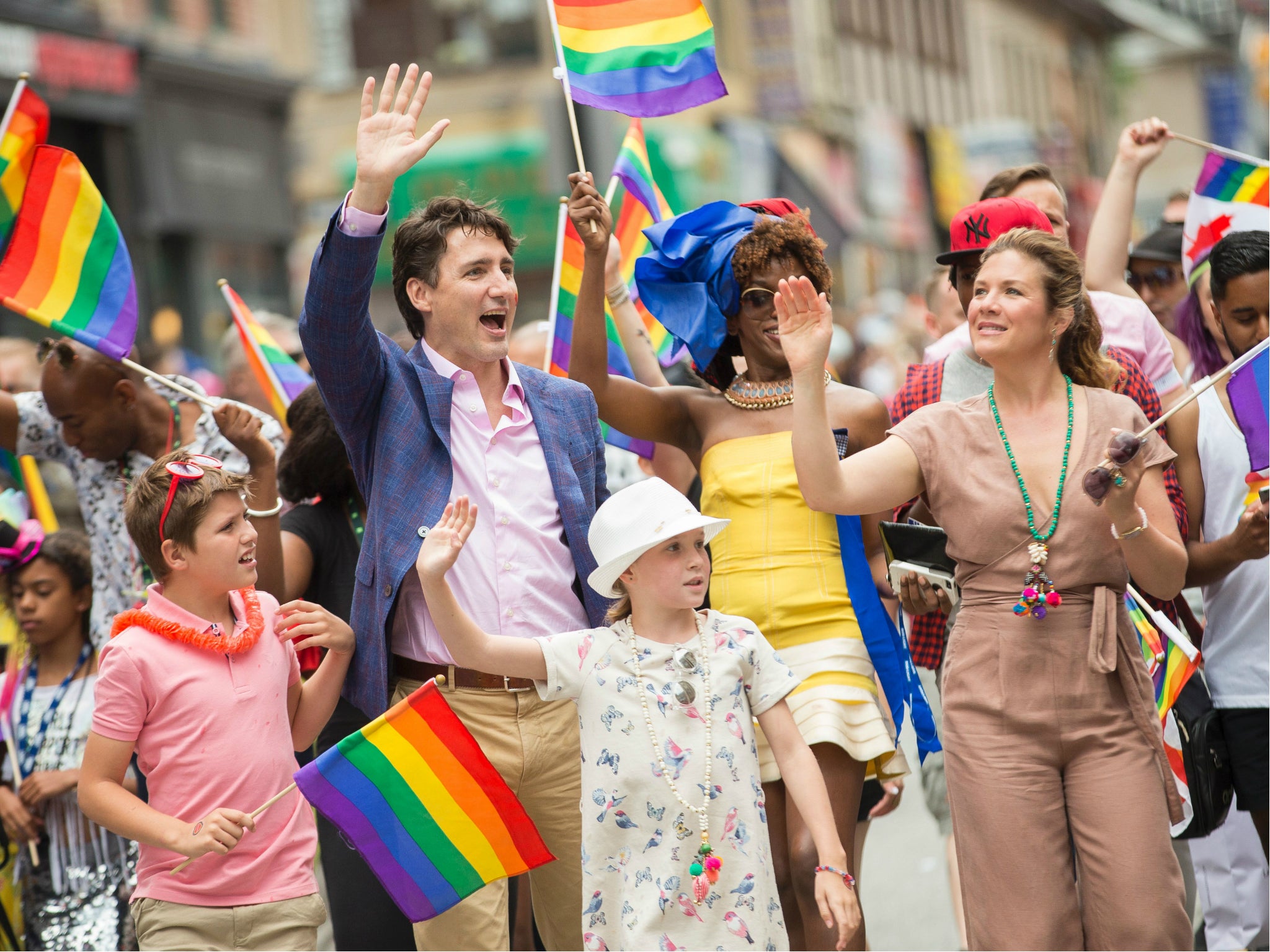Canada to add third gender option to next census
The country joins India, Nepal, and Pakistan in efforts to recognise nonbinary gender identities

Canada will soon add a third gender option besides ‘male’ and ‘female’ to its census in order to capture a more accurate picture of the country.
The 2021 official government survey will officially ask what respondents identify as in the hopes of making the census more inclusive.
“We want to make sure all Canadians can identify themselves within the census,” Laurent Martel, director of demography at Statistics Canada, told The Guardian. After the 2016 census, the agency had received feedback from citizens from LGBT+ advocacy groups about the binary gender options.
Statisticians then worked with community groups to “understand at Statistics Canada the concepts of sex, sex at birth, gender and gender identity,” Marc Lachance, director of the agency's social and aboriginal statistics division told the Globe and Mail.
The agency first tested the non-binary gender option in a recent opioid awareness survey, according to the newspaper. In that study, respondents were asked what their sex was at birth and then followed up with a question about what their gender is at the time of taking the survey: “male,” “female,” or “please specify”.
“Terminology changes over time … it’s a work in progress,” Mr Lachance said.

The new non-binary gender category is defined by the agency as “persons whose current gender was not reported exclusively as male or female … persons who were reported as being unsure of their gender, persons who were reported as both male and female, or neither male nor female”.
In the last census, participants were allowed to leave the gender question blank and while Mr Lachance said the agency is still in the “testing phase” regarding the specifics of how the question will be worded, many Canadians have said the change is welcome.
The federal government also set aside $6.7m (£4.97m) over five years to establish a Centre for Gender, Diversity and Inclusion Statistics at the agency aimed at identifying data gaps in order to make the census - and therefore government funding for certain programmes - better serve the population’s needs.
Canada is not the first or only country to be more inclusive in terms of government recognition of nonbinary gender identities. Nepal, Pakistan, and India all allow respondents to identify a gender besides male and female as well as issuing various state identification cards and even passports indicating as such.
Join our commenting forum
Join thought-provoking conversations, follow other Independent readers and see their replies
Comments
Bookmark popover
Removed from bookmarks